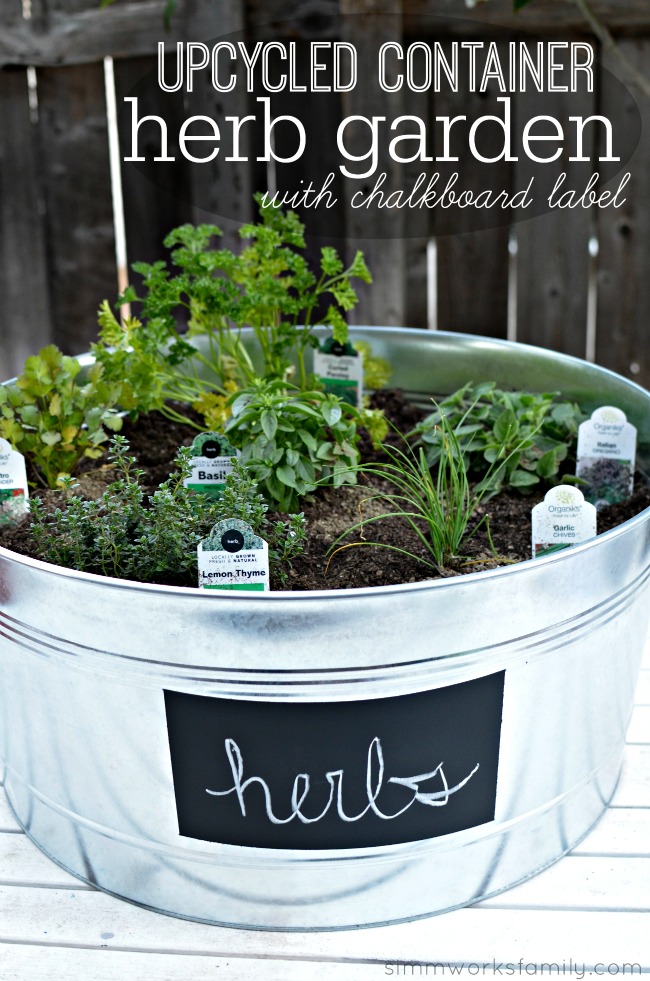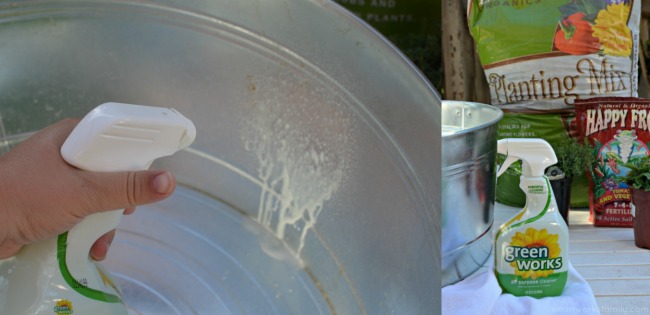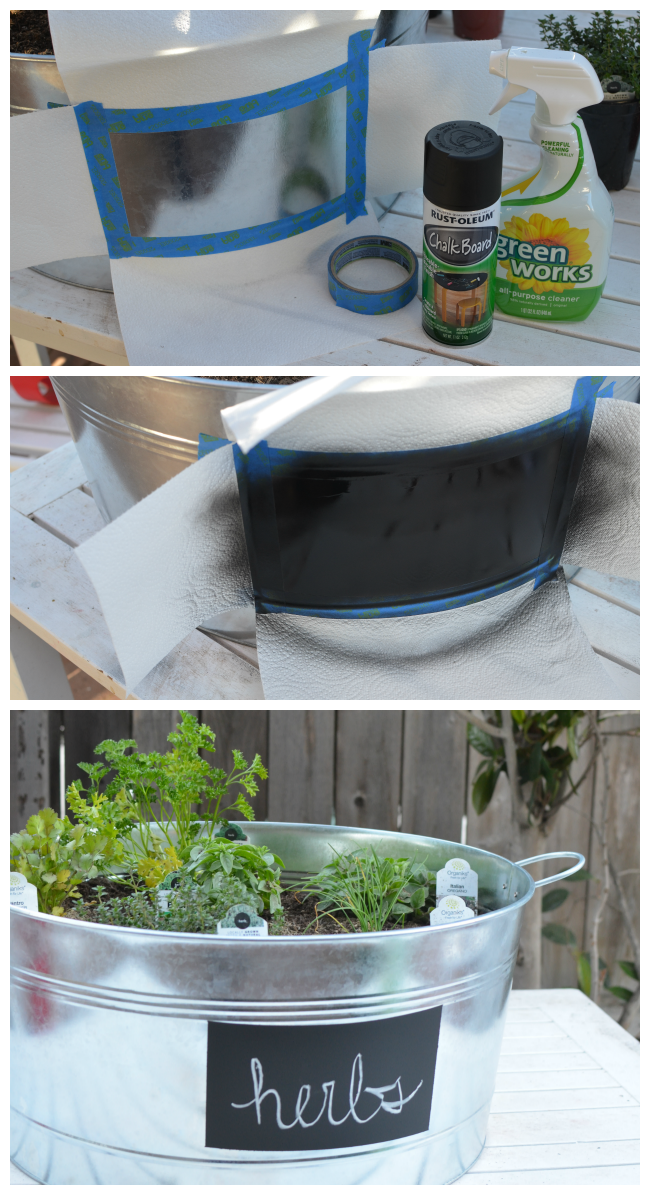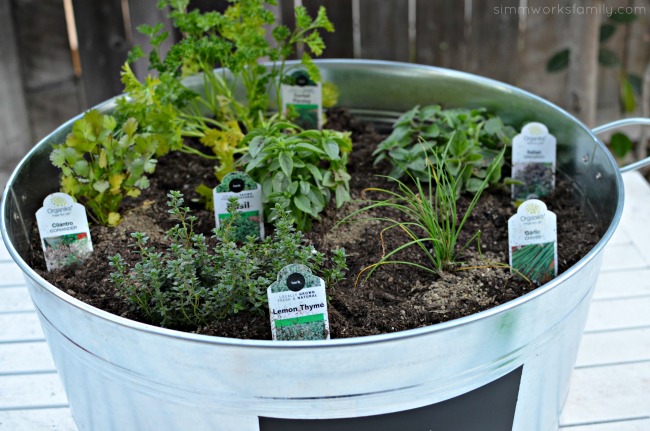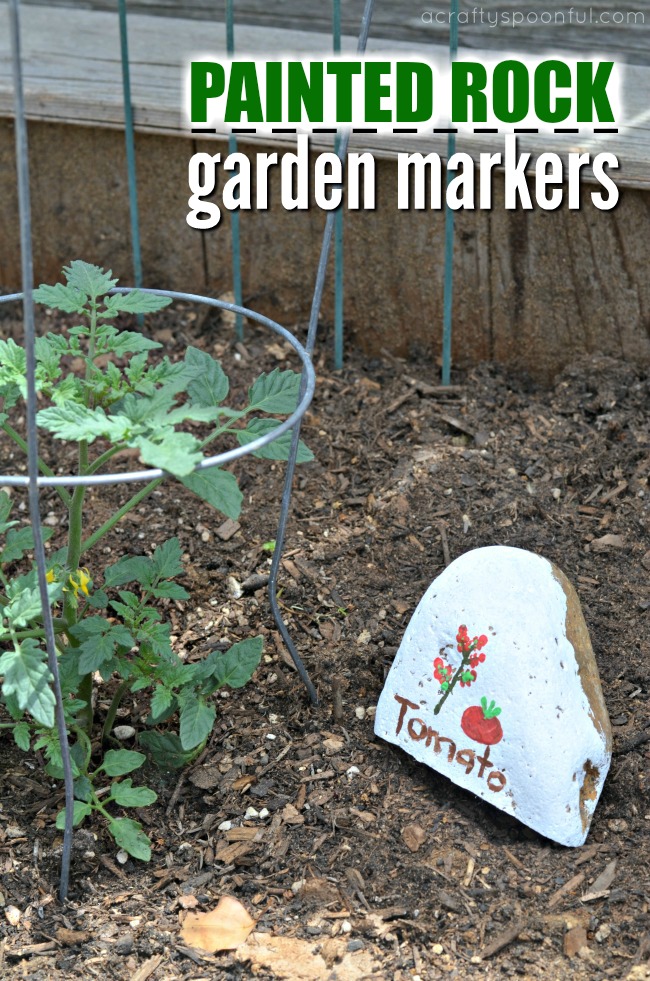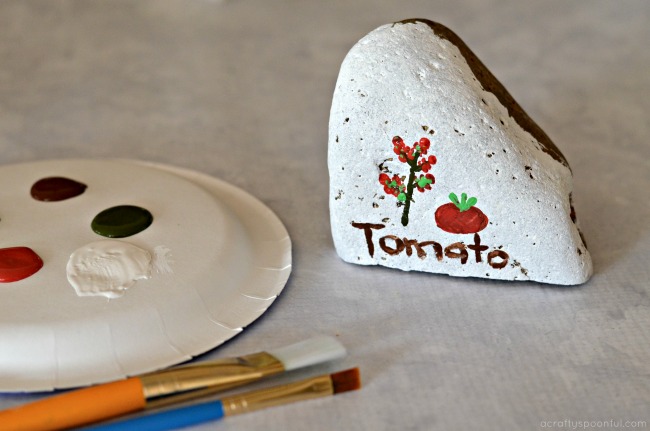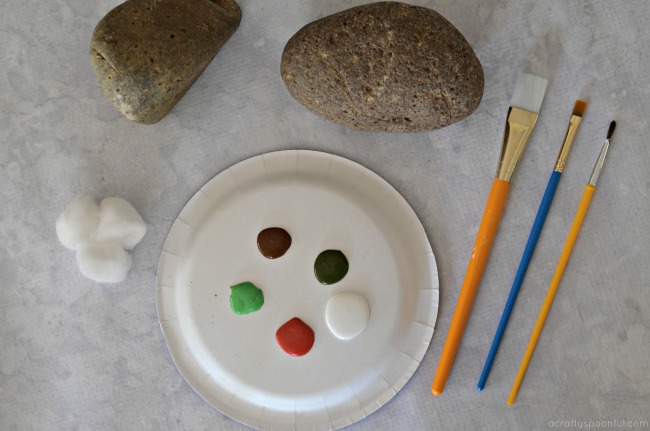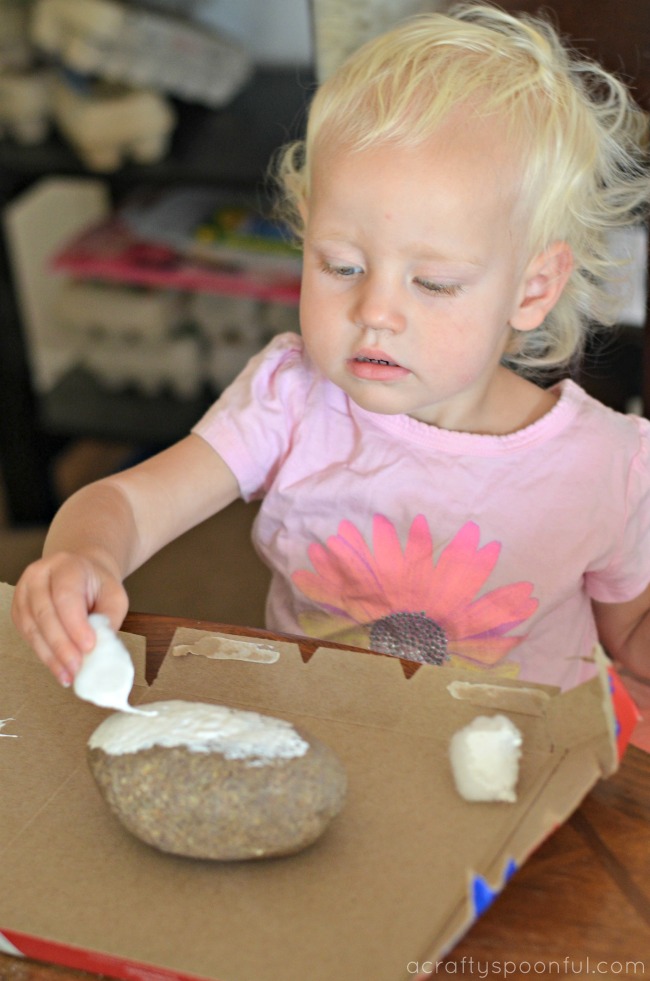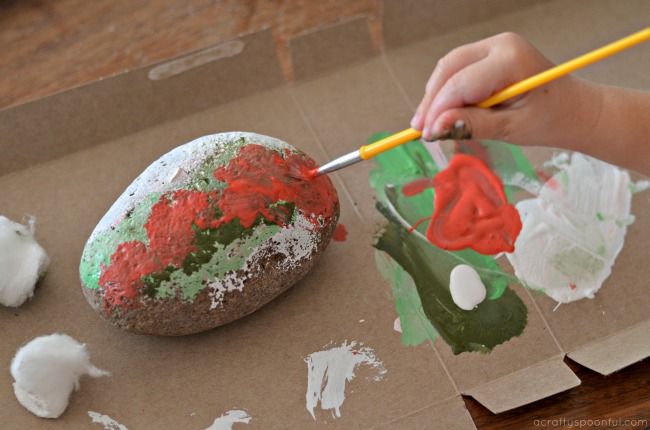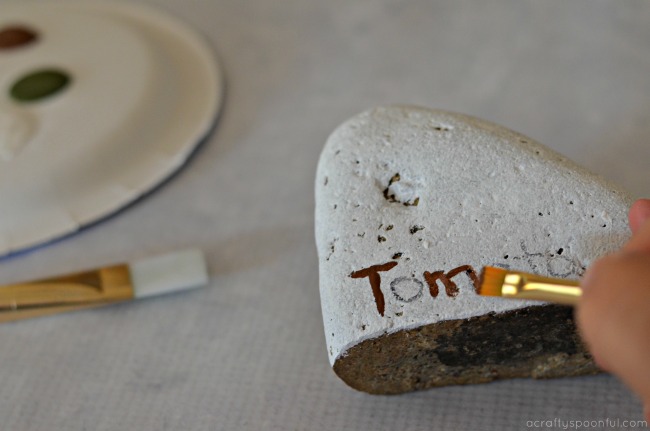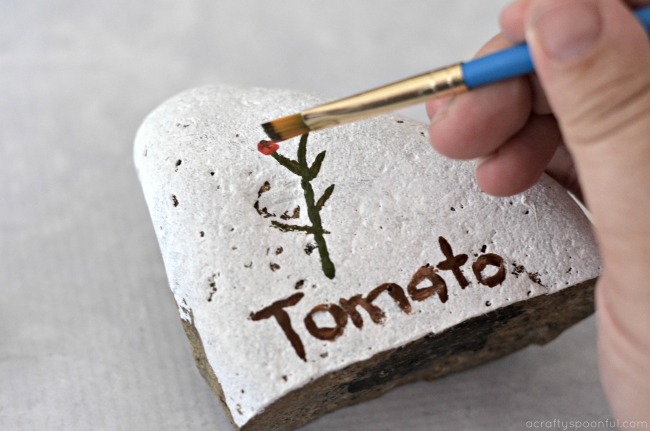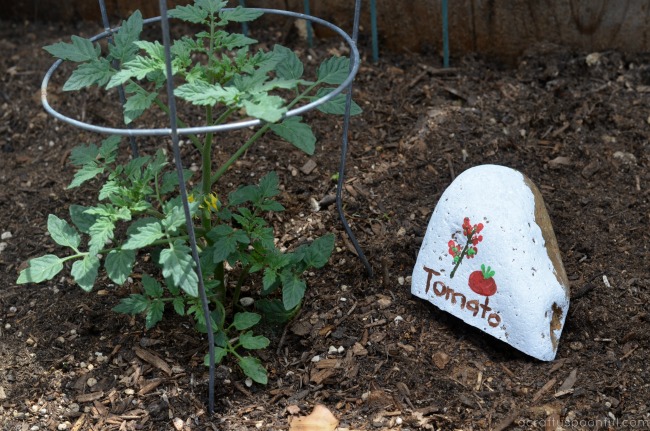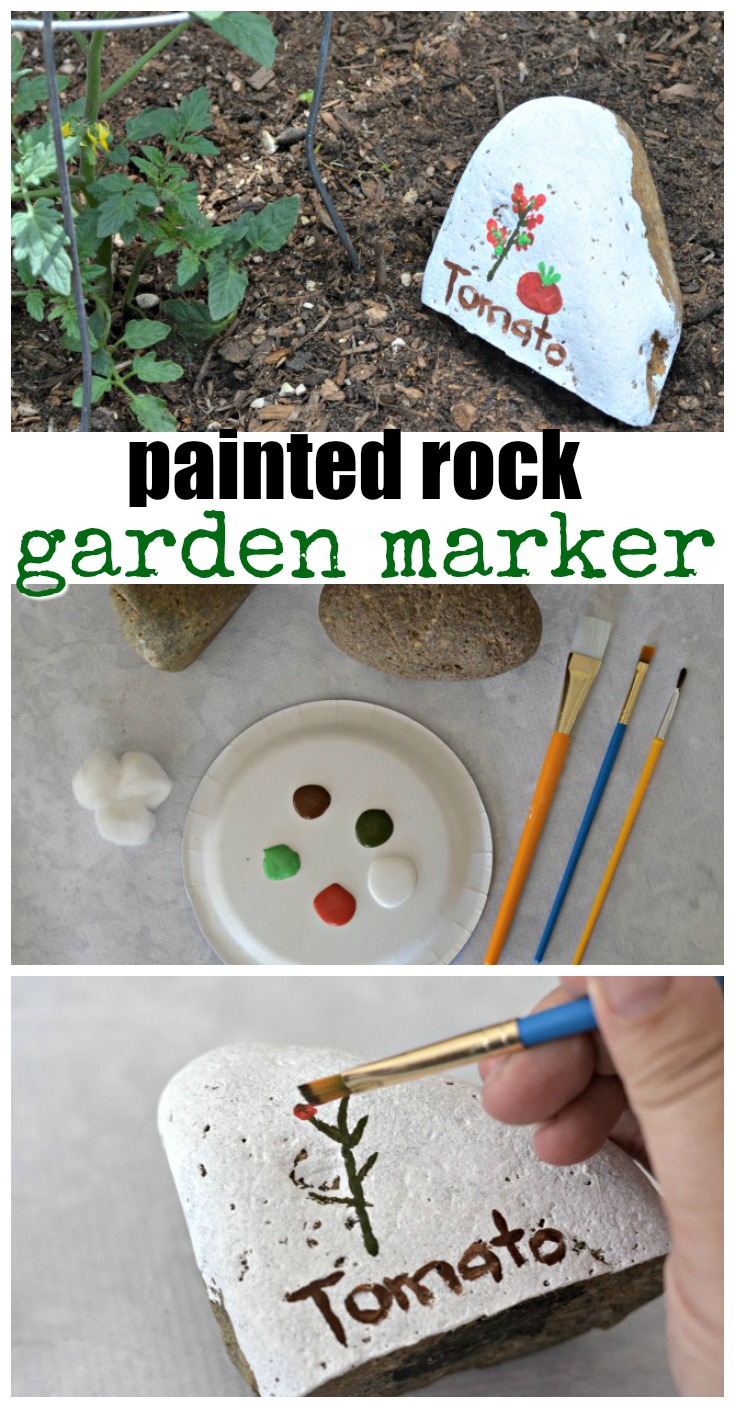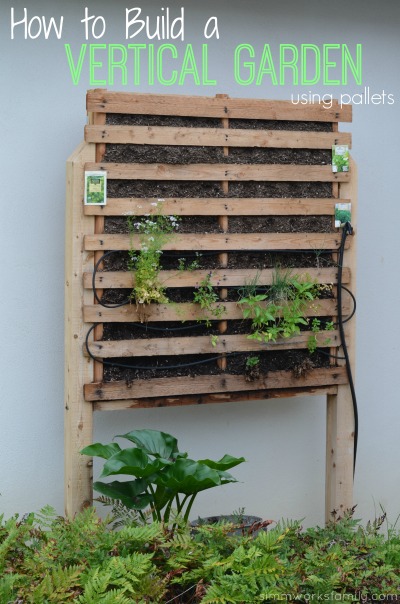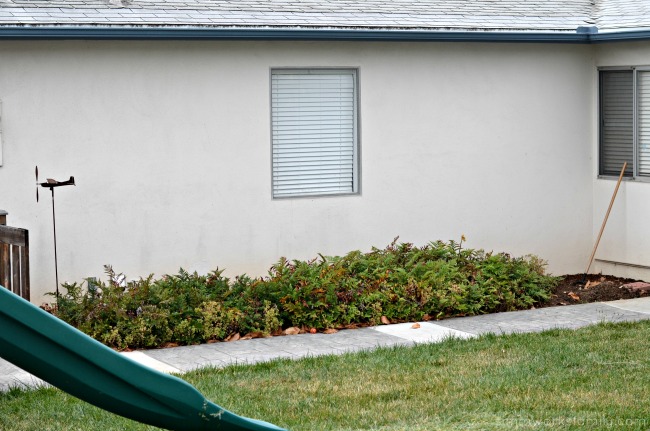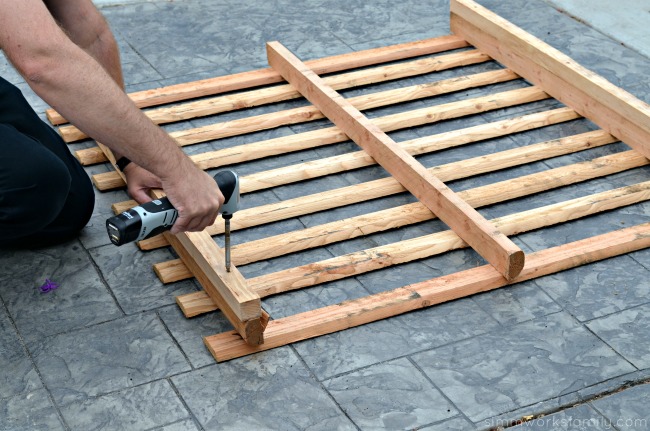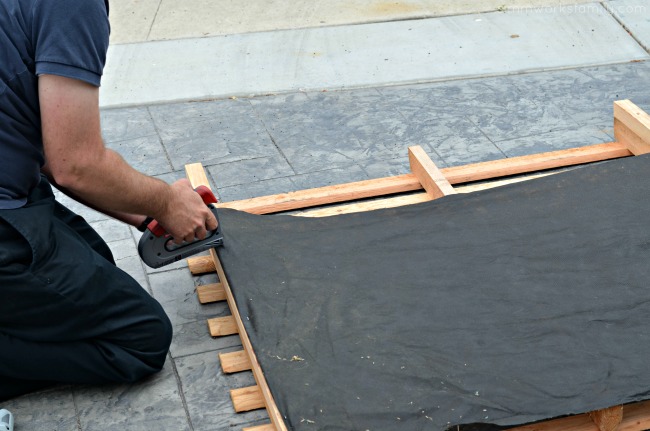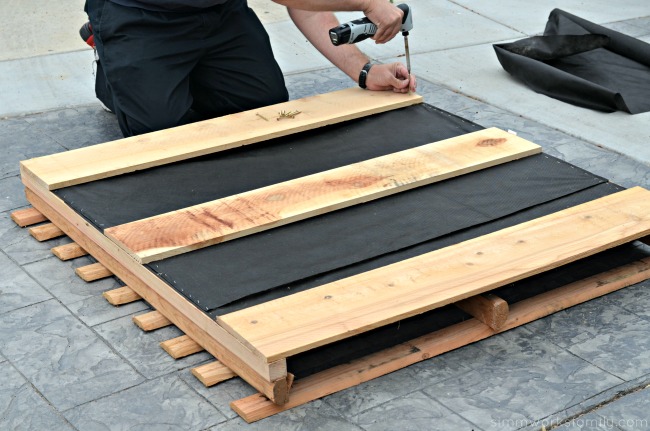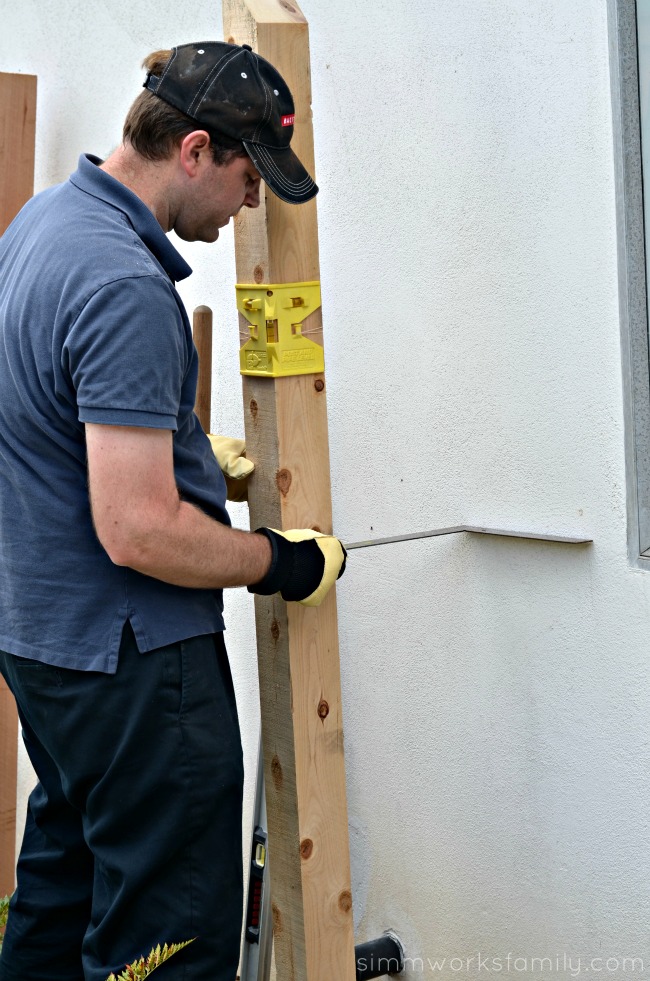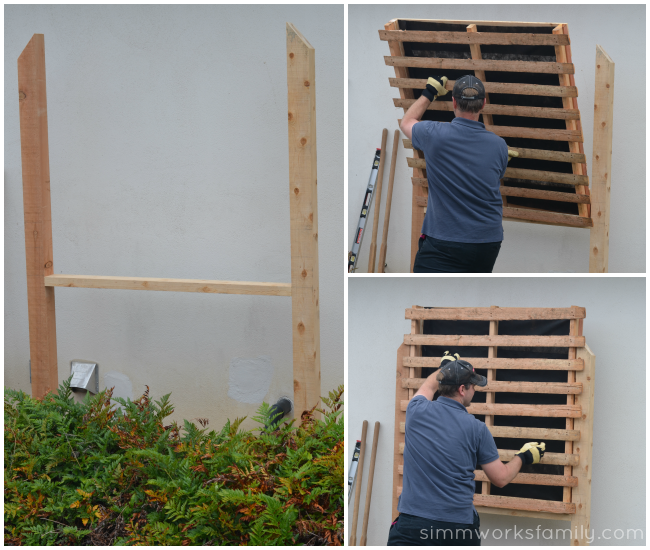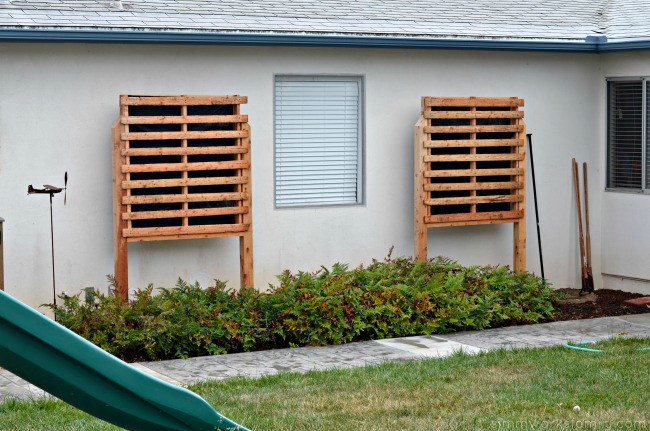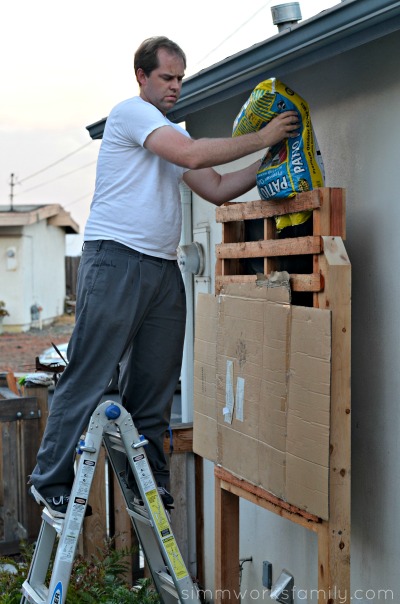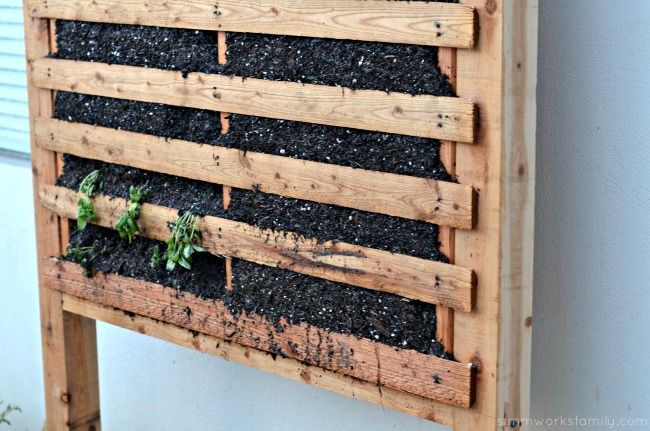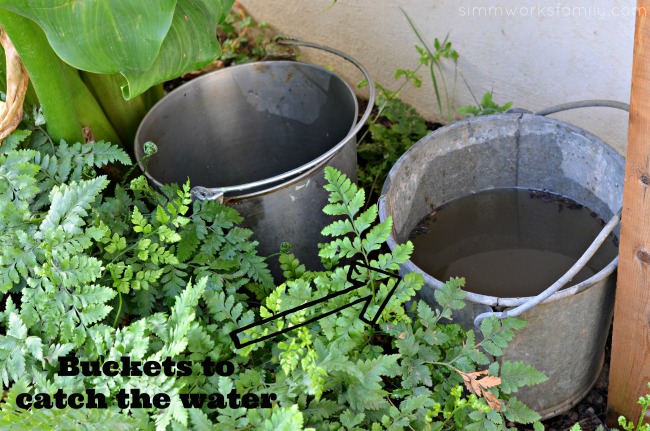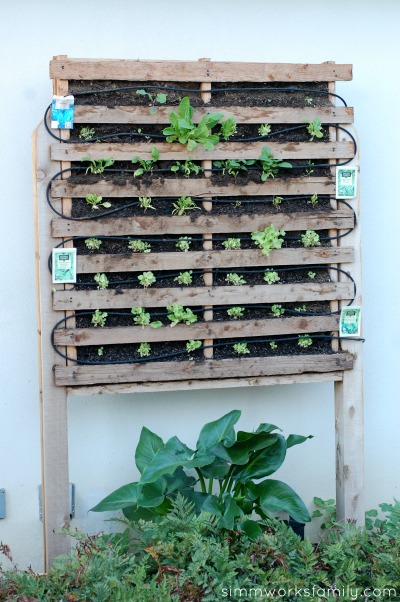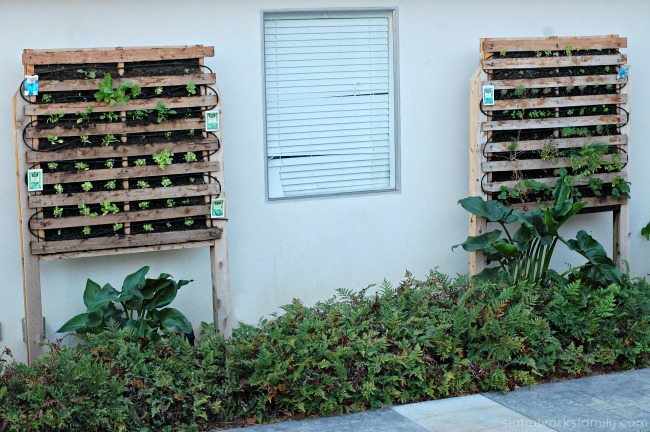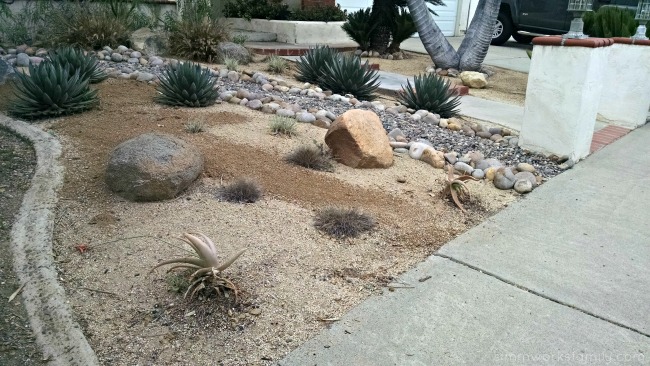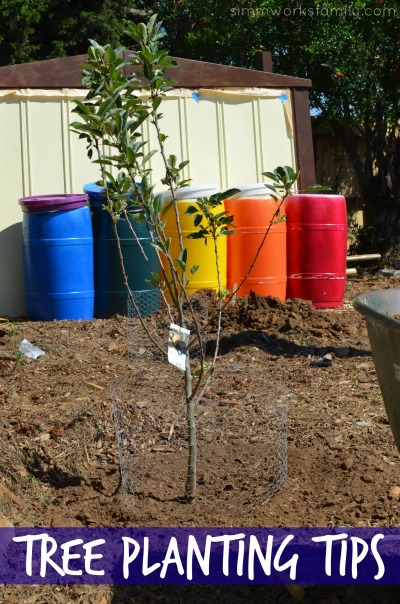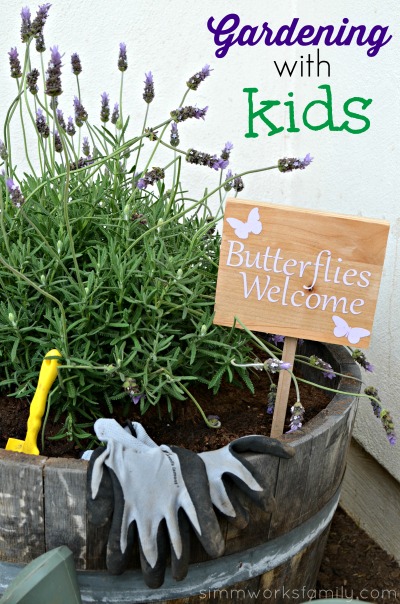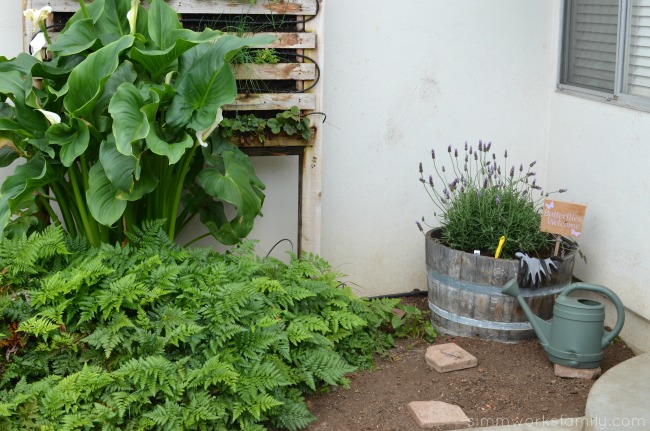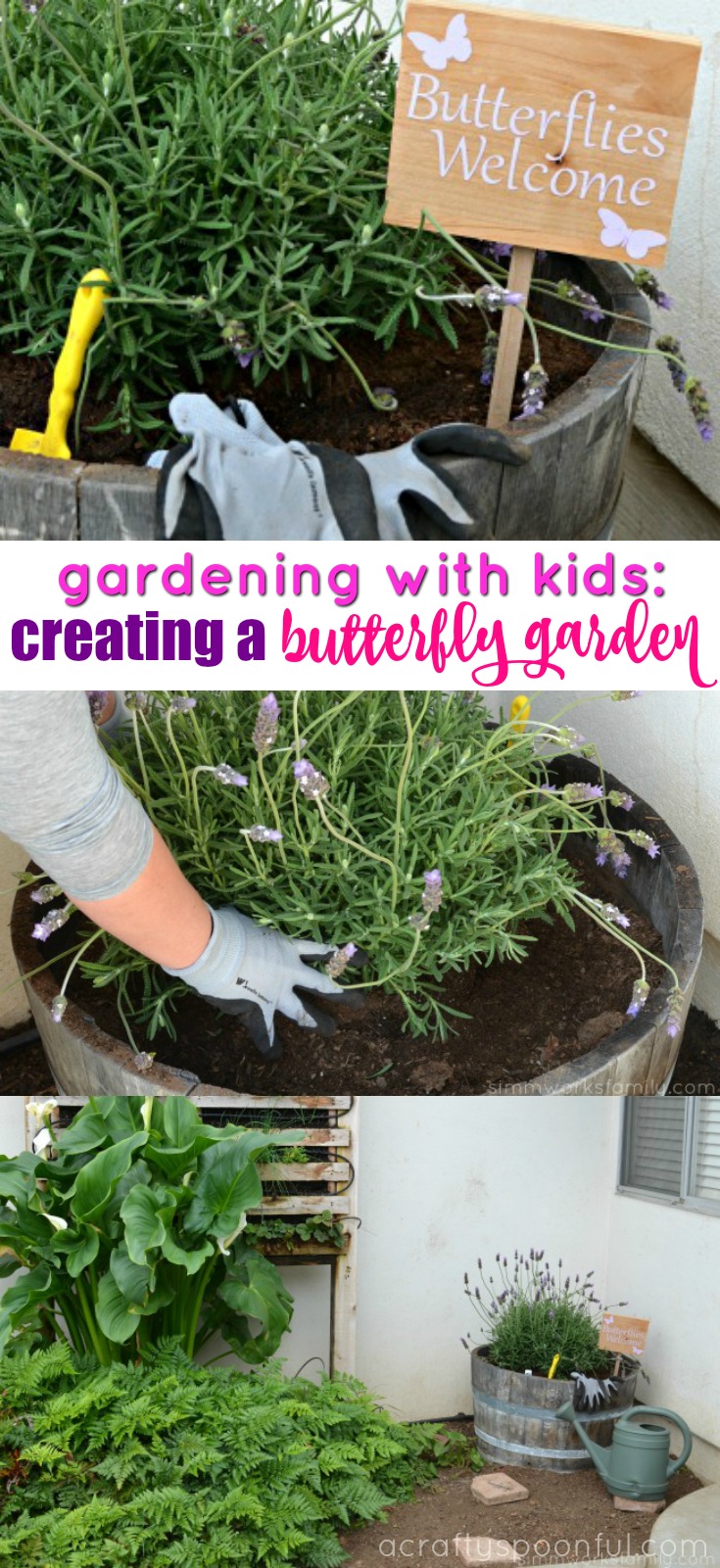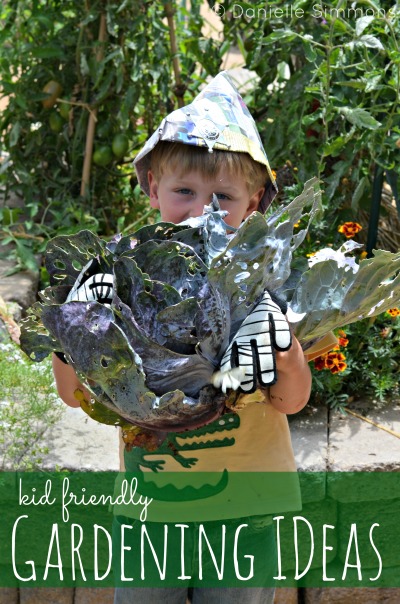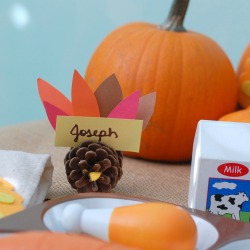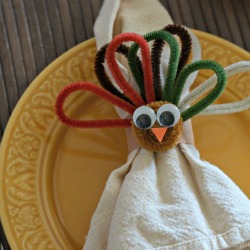Around this house, we try to repurpose and upcycle as many things as we can. If it can’t be composted or turned into something else, we try to donate. So very rarely do we end up with things that go in the trash. This makes for a great assortment of containers to be used in the garden.
When we picked up our chicks I knew we’d need a little home for them until they were big enough to go straight into our coop. At 3 weeks old they’d need to stay warm indoors so I picked up a metal bucket at our local hardware store.
Since I knew I would only be using the bucket for a short period of time I already had it earmarked for a project I’d wanted to do for quite a while… a stand alone herb garden!

I turned around for a second and these cute little baby chicks are almost chickens at 2 months! But we still have 4 more months until they’re actually laying eggs (so I’m told).
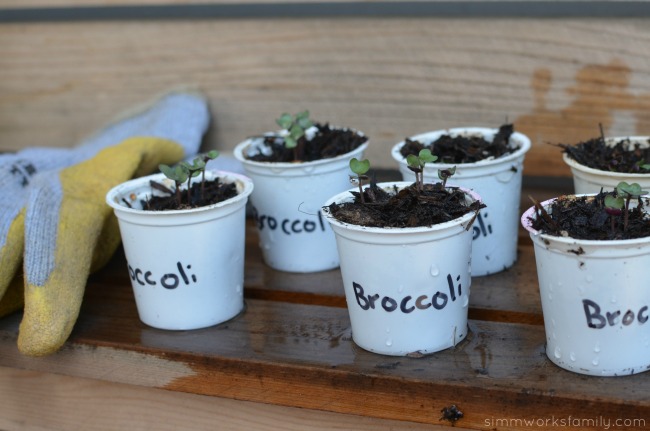
With so many things growing in our raised beds (like the broccoli that’s sprouting from our DIY K-Cup Seed Starters) we didn’t have any more room for the herbs I love to have on hand for cooking.
So it just made sense to have a container garden on the patio. What’s a better green work of art than a container garden?
Our next step will be to build a stacked container garden to house the strawberries we’ll be planting soon! How awesome does that sound? It’s as simple as taking this idea and stacking a few smaller containers on top of one another. Then planting in each tier.
Because our tub housed the chicks, I wanted to make sure that I cleaned the container very well before putting the soil and plants inside.
While some might question why I would clean out the container first – don’t people buy chicken manure? – the chicken poo that may be on the container hasn’t been composted yet. And I don’t want any bacteria that may have been left in the container to contaminate my plants.
But more on composting chicken poo later! Let’s get to this herb garden. First up – the chalkboard label.
Upcycled Container Garden Chalkboard Label
What you’ll need:
- 2 paper towels (can also use newspaper)
- painters tape
- chalkboard spray paint
- metal container
What You Do:
1. Wipe down the area you wish to put the chalkboard paint on with an all-purpose cleaner. Then rinse the container out with water and let dry.
2. Grab two paper towels and cut each in half (4 half sheets). Then cut one-half sheet in half again. You’ll have 3 half sheets and 2 quarter sheets.
3. Using the painter’s tape and the paper towel pieces, create a square or rectangle space to spray paint the chalk onto.
4. Put extra paper towels under the container to protect the table underneath from paint.
5. Using the chalkboard spray paint, spray on two coats of chalkboard paint onto the container. Wait about 20 minutes in between each coat to allow them to dry.
6. Remove the paper towels and tape to reveal your chalkboard label. Write on it with chalk and display for all to see!
Tips for Planting Herbs in a Container Garden
- Use good soil – find a soil that’s good for growing vegetables or use a good blend of soil and compost
- Depending on where you’re putting your container garden, consider the height each herb/plant gets and plant taller herbs in the back
- Plant what you know you already use now in the kitchen
- Make sure you are also giving your herbs vegetable food (found at any garden center)
- Place the container garden in a spot that will receive direct sunlight and make sure to water!
